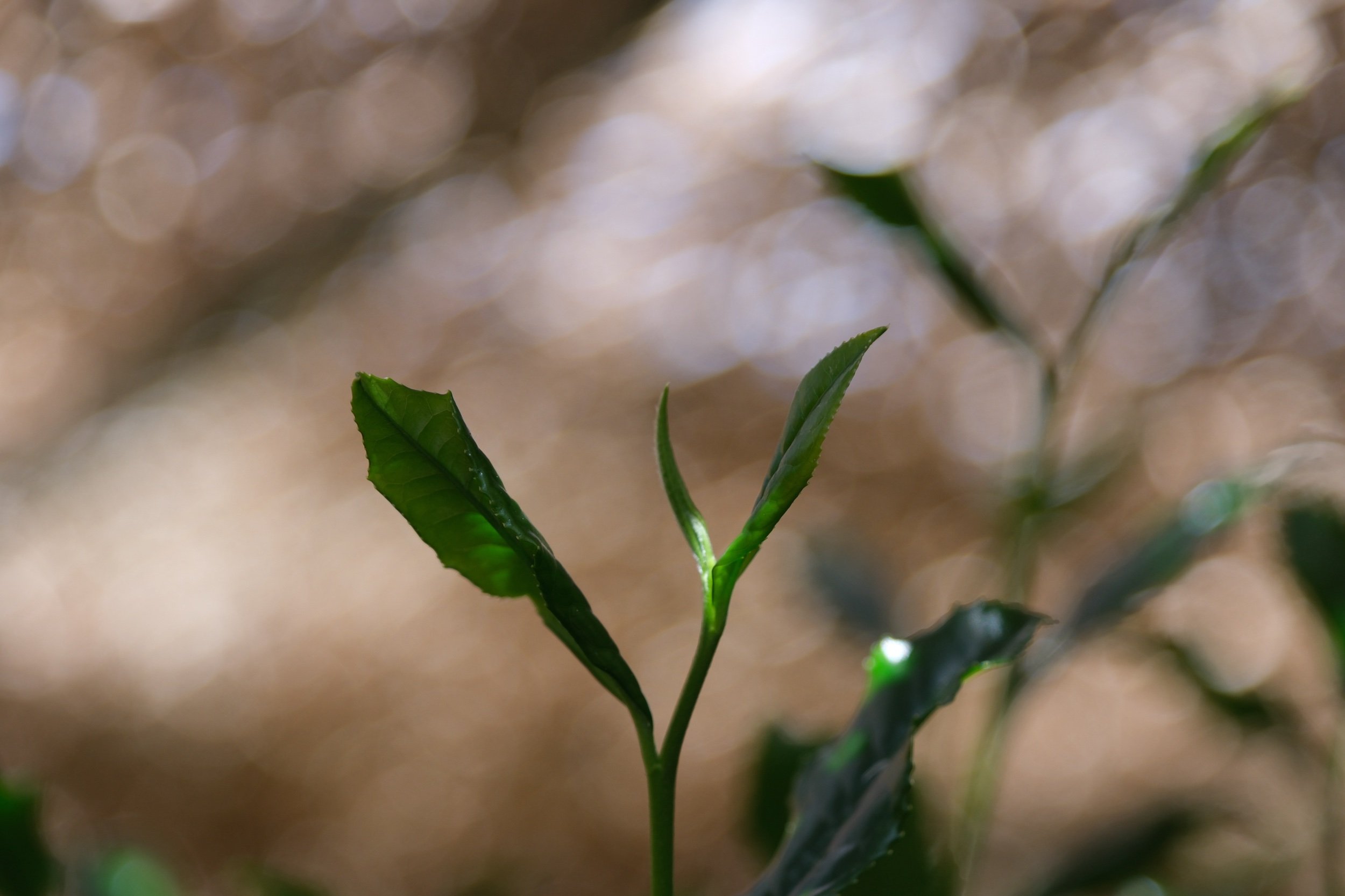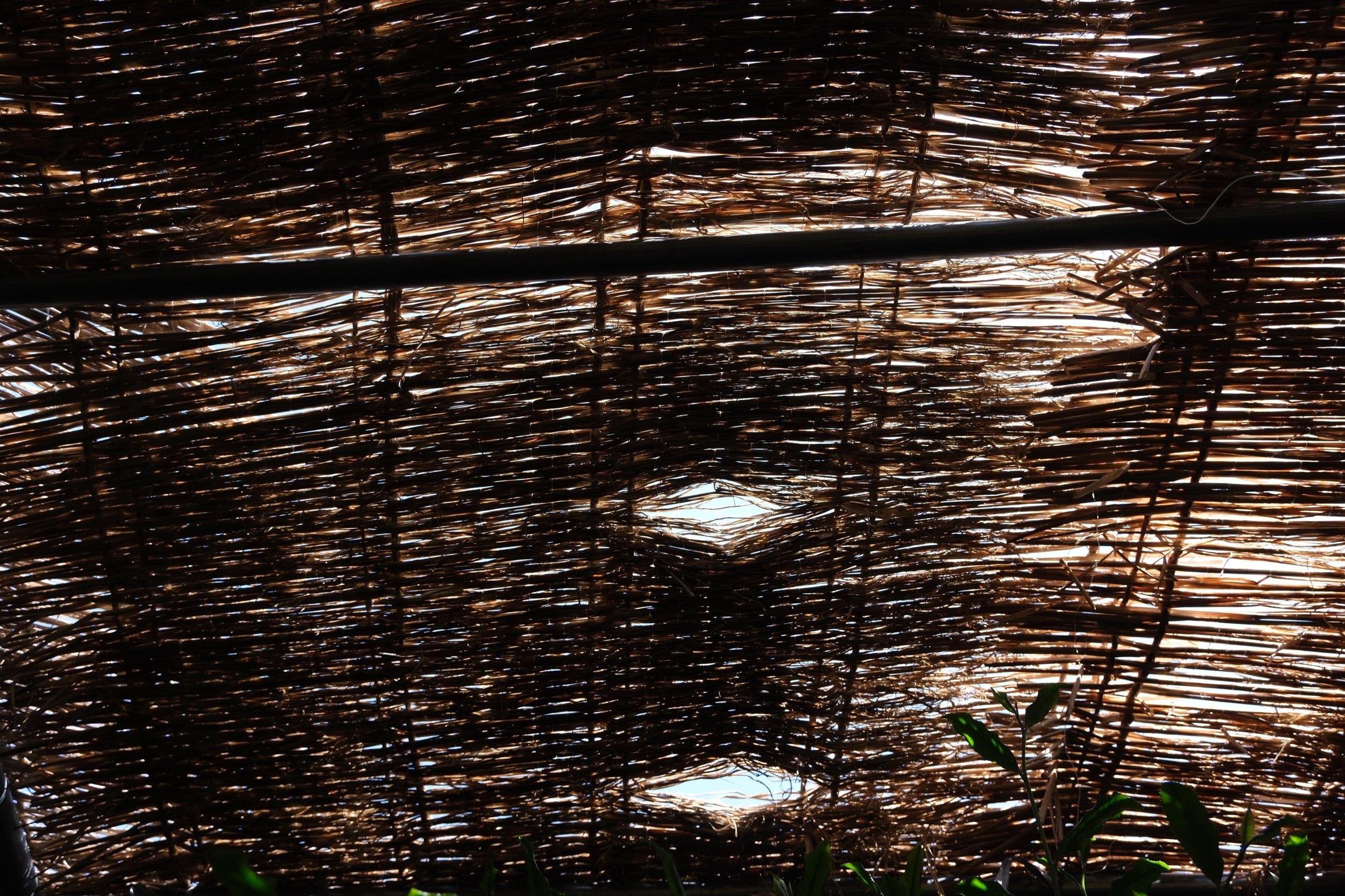Yame Dentou Hon Gyokuro - Competition Grade
About Gyokuro:
Gyokuro is known as the king of Japanese green tea, due to the extended shading period before harvest (16-30 days) and the extra care and attention paid during growing, harvesting, and processing. The shading process is very stressful for the tea plant and can cause damage or disease if not done with enough care. Furthermore, many high grade gyokuro are hand-picked rather than scissors or machine cut, and hand processed to avoid damage during what can usually be quite rigorous drying and rolling processes. The amino acids inside the tea - responsible for umami and sweetness - change into catechins under direct sunlight, so shading tea can achieve much higher amino acid levels, which can be isolated in terms of flavour by brewing the tea with low temperature water. There is nowhere more famous in Japan for producing high quality gyokuro than Yame, Fukuoka. In annual nationwide competitions it is not uncommon to see 25-28 out of the highest 30 scoring gyokuro being from Yame. So much so, that Yame has its own government registered growing technique called Yame Dentou Hon Gyokuro. The standards that farmers must meet are stringent and regulated. It was registered on 22nd December 2015, just about 6 months before we opened Cha-ology.
About Yame Dentou Hon Gyokuro:
Must be grown naturally (shizentate)
Must begin shading when 1.5 - 2 new leaf buds are showing
Must shade for at least 16 days
Shading must block at least 95% light (side cover as well as top cover)
Shading material must be rice straw
Must be hand picked
Must be assessed and accepted by the local Yame tea co-operative to be able to use this name
Notes for this particular tea:
This gyokuro is from Hoshinomura in Yame and is a competition grade (shuppin) Yame Dentou Hon Gyokuro, exhibited at the annual national tea fair (chahinpyoukai), in which there are usually only around 100 submissions each year. The flavour profile is intense in umami as is expected of a Yame Dentou Hon Gyokuro, but the intense fruity sweetness that is present in this tea is incredible and rare. The complexity of flavours develop in your mouth to give an experience that would not remind you of tea. Please treasure it.





The above photo gallery includes photos taken when Yamaguchi san gave us a tour of a Tencha field, grown in similar conditions to Yame Dentou Hon Gyokuro.
Brewing:
Due to the extreme effort and care taken to produce this tea, please also put in care and attention while brewing. We recommend starting at room temperature to brew an intense liquor. We believe brewing Japanese green tea is a pleasure for all five senses, and this is especially true for a gyokuro like this. Enjoy the incredible aroma that the tea oozes, the deep green of the tightly rolled leaves and watch them unfurl infusion by infusion, climaxed by the explosion of freshness and flavour in each sip.
After your final infusion, the leaves still have a lot to give and it would be a shame to waste the hard work of the farmers and producers. Consider eating them with ponzu (citrus based soy sauce), with sea salt, on their own, or any of the previous suggestions over rice.
By all means experiment to find your personal brewing preferences but our recommendation is:
Brewing guide:
Gyokuro 5 grams
Water 25-55ml
First infusion 25ml @ 20°C for 120sec
Second infusion 35ml @ 65°C for 40sec (pre-heat your cup with hot water first for this infusion)
Third infusion 45ml @ 75°C for 20sec
Fourth infusion 55ml @ 85°C for 10sec
Cold brewing guide:
Gyokuro 10 grams
Water 300-600ml @ 5-20°C* (more water = more refreshing & less intense)
Duration 14 hours in the fridge
*We find that using room temperature water for cold brewing gives the best flavour, but pre-chilled or ice water works very well too.
Storage:
Store in a cold environment (6-10°C) and avoid exposure to light, air, heat, moisture and strong smells - these will degrade your tea. Store in an airtight container or a zip-lock bag and keep in the fridge. Each sachet is individually packed so each serving will be as fresh as the last. Consume by the best before date on the wooden box, or freeze if you wish to keep for longer. If you will be freezing the tea, place in the fridge for two hours to allow the temperature to warm gently before opening.


